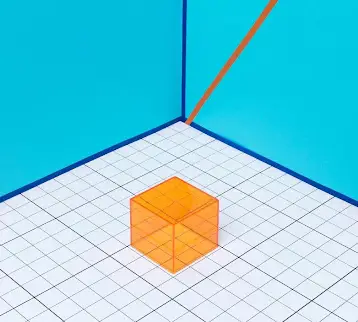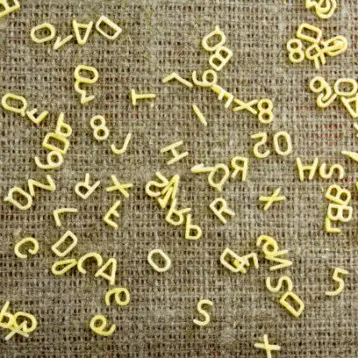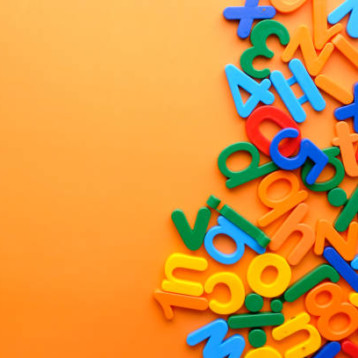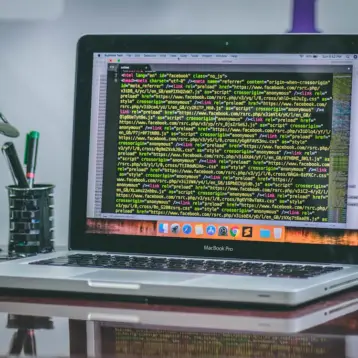With the arrival of higher screen resolutions and an increase in technological efficiency, it seems the age of skeuomorphism has passed in much the same way that modernism was replaced by postmodernism.
What users were left with was flat design, which rejected the symbolic icons in favor of more innovative and artistic design ideas. Is it time to revisit an aesthetic that never saw its true potential?
The Role of Skeuomorphism in Design
Skeuomorphism, famously adopted by Apple as part of the company’s Human Interface Guidelines, was an attempt to represent the physical world through iconic symbols – like the envelope used to signify an email. Although the tech giant’s approach was subtle, it worked.
The reason skeuomorphism has been largely ignored and even criticized in recent times can be attributed to the fact that the objects it sets out to replicate are largely foreign to the new generation of Web and mobile app users. Many of the new generation of users has not ever used a floppy disk, immortalized as the save icon in most applications, or even mailed a physical letter, the skeuomorphic equivalent of email.
Additionally, Web developers are pointing to the lack of ingenuity that skeuomorphism seems to inherently promote as more and more of them opt for flat design as an alternative.
It isn’t difficult to come to the conclusion that many users would like to see a return to skeuomorphism, owing in part to nostalgia. However, the march of progress is less concerned with the movements of the past and seeks only to move into the future.
A Temporary Shift Toward Flat Design
The shift towards flat design came when ideal sets of circumstances presented a need for something new. These conditions were reflected in society’s attitudes towards technology, specifically:
- Familiarity: Flat design banks on the fact that users have grown up around technology and aren’t in desperate need of direction. They already have an intuitive understanding of how digital interfaces should work.
- Innovation: New applications are striving to be bigger, better, and faster than old ones. Skeuomorphic interfaces use a lot of image files or processes to create, with bevels, textures, and shadows that can be all but eliminated with flat design. Flat design allows interfaces to load more quickly and smoothly than skeuomorphic design.
Yet it seems that in its purest form, flat design may also be on the way out. These very conditions have allowed interface designs to compromise user experience and place either minimalism or aesthetics above all else. Obviously a combination of the two schools of thought is what we need to build the ultimate intuitive interface.
Facts and Figures in Support of Flat Design
Minimalism, as one of the principles of flat design, is said to increase conversion rates by 261 percent, and flat buttons supposedly increase click-through rates by 35.81 percent. As impressive as these statistics are, this is only the result when it is implemented correctly, and of course the figures will vary immensely on a case-by-case basis.
It’s little wonder why Apple went forward and vigorously pursued flat design with the release of iOS 7. To be fair, this was also a calculated move on the part of Jonathan Ive, who was determined to reverse the direction the company had been heading visually up until that point.
Coincidentally, Microsoft also joined the fray with a flat-tiled design aesthetic in its release of Windows 8 – albeit to negative reviews. In keeping with the Microsoft example for now, the operating software was a bad example of what flat design can do when over utilized. The new interface was simply too big a departure from the old way to be intuitive to new and longtime users.
The Future of User Interface Design
The apparent “fad” of flat design hasn’t occurred as a result of there not being any merit to the solution – those statistics alone warrant a closer look – just that the problems of the past are beginning to resurface.
So where exactly does that leave user interface design in the future?
Perhaps the way forward may actually lie in letting the pendulum swing back towards functionality. In an excellent post by Wells Riley about what he calls “post-flat” design, the trick will be to incorporate the mentality of flat design and the functionality of skeuomorphism that worked so well for users in the past.
Essentially, this pathway revolves around adding back in some of the “real world” effects that gives the digital interface more dimension and a “material” feel. This includes shadows, fluid animations that suggest real-world physics, and an emphasis on the “card-based design” that came to prominence with Pinterest, all features that lend a sense of reality to your screen.
At the end of the day, post-flat design as an aesthetic aims to please both developers and users. In all likelihood, it’s going to become the new user interface for the next generation of smartphones and other mobile browsing devices.










